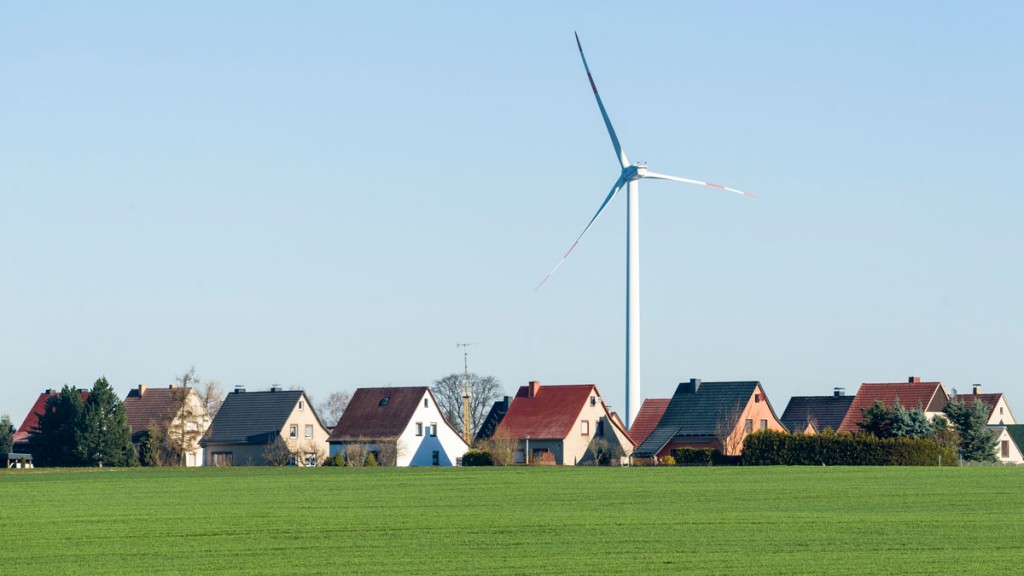
Wind farms do harm their neighbours – there is “some evidence” that they cause “significant annoyance” thanks to “excessive noise”. That is the conclusion of a new government report into turbines and it is a conclusion that will no doubt chime with the experiences of hundreds of people who live near turbines. So what should be done about it?
The obvious response from many will be to say that some types should be banned or perhaps that new ones should be prevented from going up within earshot of residences. But this might be a problem better solved with money.
There is already evidence that the value of houses are hit hard when turbines go up near them (something accepted by the Valuation Office Agency). That’s partly to do with their effect on the view and – as this review makes clear – partly because of the noise annoyance of living next to them. Who would pay the same for a house next to a wind farm as an identical one not next to a wind farm? Quite.
With this in mind, I have always been confused as to why the developers of big wind farms set up “community” funds to placate the people living around their projects. It would be much better, surely, to directly compensate the people who are most affected than to faff around building playgrounds and the like for lots of people who aren’t. So why not pay part of the profits annually to those owning the nearest houses?
It could be calculated based on the present value of the pre-turbine price of the house, something that would mean that the homeowner could either continue to live in their house, neutralising the annoyance with cash, or sell it with the 25 years’ worth of wind farm annuity attached (which should come to the same as the pre-farm value of the house). Problem solved.
The wind farm developers have always resisted this kind of solution on the basis that it would mean recognising that turbines have a negative effect on other people’s standard of living. But if that’s not up for argument any more, what’s the problem with it?
PS for more along these lines see everything we have written in the past on the Land Value Tax. It is all the same sort of idea.